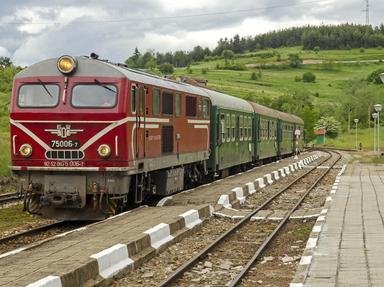Quiz Answer Key and Fun Facts
1. My first port of call was London, where there are magnificent sights to behold. One place in particular was a very large beautiful area filled with trees, flowers, squirrels and a memorial for the late Diana, Princess of Wales. Where was I?
2. Whilst in London I decided to book a bus tour that went in a south-westerly direction. After a few hours travelling I came across a circular structure called Stonehenge. Around this structure there were raised mounds that were man-made. What was the purpose of these mounds?
3. After leaving London I was in a train headed for Europe. This train was called the Eurostar and I had to travel under water, which was quite scary. After coming out of the train tunnel, which country was I in?
4. After travelling through France my train reached Holland where I had booked a hotel in Amsterdam. As I walked through the canal lined streets I came across an area where barely dressed women were dancing in the windows. What area of Holland was I in?
5. On day three of my holiday in Holland I took a bus tour to Volendam where I saw many windmills and farming areas. The tour guide was talking about how the Dutch people construct land barriers called dykes to keep the sea water from flooding the land. What is the reclaimed land called that the dykes protect?
6. My next destination was Poland, where we were searching for lost relatives. The Pounds we used in England to pay for food were not accepted in Poland so we had to change them to local currency. What is the currency called that Polish people use?
7. After visiting Poland we took a train to Prague which is the capital city of the Czech Republic. This beautiful city has often been called The Heart of Europe, with its magnificent diverse architecture and culture. What other nicknames are used for Prague?
8. After visiting Prague we took a four hour train trip to Vienna, which is in Austria. Horse drawn carriages were everywhere, showing tourists the famous statues, museums and cathedrals of this historical city. Which famous river travels through Vienna and inspired Johann Strauss to compose a famous waltz?
9. In Vienna I boarded a large boat which cruised down the Danube River. Our destination was a town called Melk where we saw a famous Benedictine Abbey which was filled with fine paintings and statues covered with gold. The monks support themselves and the Abbey, by producing which very popular product?
10. After leaving Vienna we traveled by plane to Dubai, which is a city of the United Arab Emirates, and we stayed there for 10 hours. We then caught a plane to Bangkok and then to Sydney, Australia. What name is Sydney airport also known as?
Source: Author
soozy_woozy
This quiz was reviewed by FunTrivia editor
ozzz2002 before going online.
Any errors found in FunTrivia content are routinely corrected through our feedback system.

